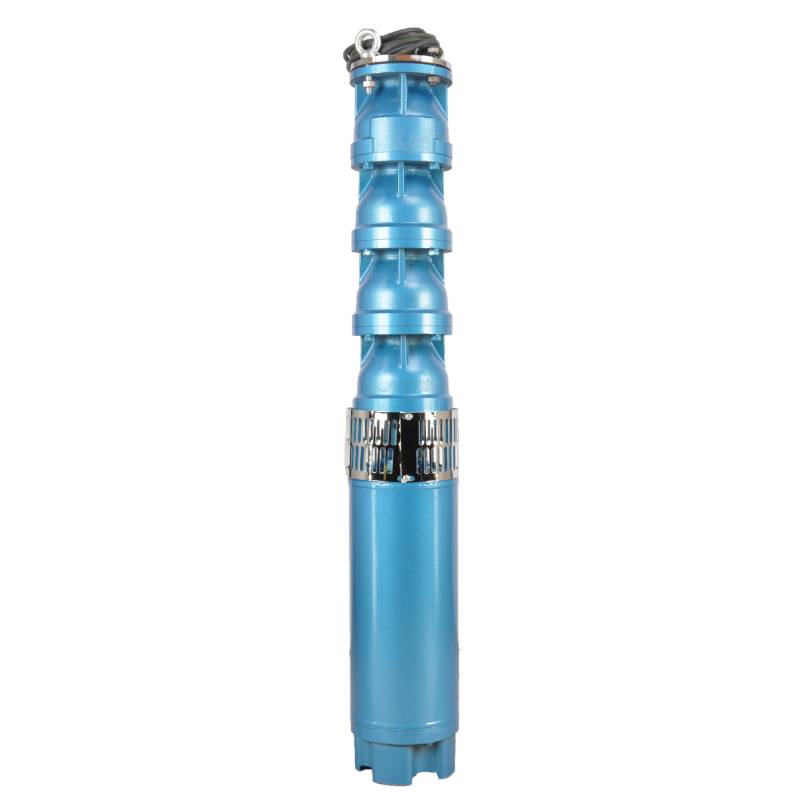Nov . 09, 2024 16:29 Back to list
Submersible Electric Water Pump for Efficient and Reliable Water Delivery Solutions
Exploring the Benefits of Submersible Electric Water Pumps
In recent years, the demand for efficient water management technologies has surged, especially in agricultural, industrial, and domestic settings. Among these innovations, the submersible electric water pump stands out as a reliable and effective solution for various water pumping needs. This article explores the benefits and applications of submersible electric water pumps, underscoring their importance in modern water management.
What is a Submersible Electric Water Pump?
A submersible electric water pump is a type of pump designed to be submerged in water. It consists of a sealed motor and a pump mechanism that operates underwater. This design allows the pump to efficiently move water from one location to another, specifically from wells, lakes, or reservoirs, without requiring the addition of priming systems, as the pump is inherently designed to push water up to the surface.
Key Advantages
1. Efficiency Submersible pumps are highly efficient. Their design allows them to move water with minimal energy loss. Unlike surface pumps, which must work against atmospheric pressure to draw water upward, submersible pumps utilize hydrostatic pressure to push water from below, significantly reducing energy consumption.
2. Versatility These pumps are versatile in applications. They are commonly used in residential settings for draining flooded basements, supplying water for irrigation systems in agriculture, and managing water in treatment plants. Additionally, their robust design and construction make them suitable for both clean and wastewater applications.
3. Space-Saving Design The compact design of submersible pumps means that they require minimal installation space. Their ability to operate underwater eliminates the need for large surface-mounted equipment, making them ideal for environments where space is limited.
electric water pump submersible

4. Durability and Longevity Submersible pumps are typically constructed from high-quality materials that can withstand corrosion and wear, ensuring a longer lifespan. Their design also protects the motor from overheating and flooding, which is a common issue in traditional pump systems.
5. Low Maintenance Once installed, submersible electric water pumps require less maintenance compared to surface pumps. They are less prone to cavitation—a condition that occurs when vapor bubbles form and collapse, potentially damaging the pump—due to their submerged nature.
Applications
- Agriculture Farmers use submersible pumps to access groundwater for irrigation, ensuring that crops receive adequate water even in times of drought. Their ability to draw from deep wells makes them particularly valuable in arid regions.
- Residential Use Homeowners often employ submersible pumps to manage basement flooding or to draw water from wells for drinking and household purposes. They can also be used in swimming pools for draining or maintaining water levels.
- Industrial and Municipal Use Industries rely on submersible pumps for various processes, including water treatment, chemical processing, and in cooling water systems. Municipalities use them for stormwater management and in sewage treatment facilities, highlighting their importance in public infrastructure.
Conclusion
Submersible electric water pumps represent a significant advancement in water management technology. Their efficiency, versatility, and durability make them an indispensable tool in various sectors, from agriculture to residential and industrial applications. As water conservation and efficient management become increasingly critical in the face of global climate change and population growth, investing in high-quality submersible pumps will continue to play a crucial role in sustainable water practices. Whether you are a farmer, homeowner, or industrial operator, understanding the benefits of these pumps can help you make informed decisions that enhance efficiency and productivity.
-
Submersible Water Pump: The Efficient 'Power Pioneer' of the Underwater World
NewsJul.01,2025
-
Submersible Pond Pump: The Hidden Guardian of Water Landscape Ecology
NewsJul.01,2025
-
Stainless Well Pump: A Reliable and Durable Pumping Main Force
NewsJul.01,2025
-
Stainless Steel Submersible Pump: An Efficient and Versatile Tool for Underwater Operations
NewsJul.01,2025
-
Deep Well Submersible Pump: An Efficient 'Sucker' of Groundwater Sources
NewsJul.01,2025
-
Deep Water Well Pump: An Efficient 'Sucker' of Groundwater Sources
NewsJul.01,2025
-
 Submersible Water Pump: The Efficient 'Power Pioneer' of the Underwater WorldIn the field of hydraulic equipment, the Submersible Water Pump has become the core equipment for underwater operations and water resource transportation due to its unique design and excellent performance.Detail
Submersible Water Pump: The Efficient 'Power Pioneer' of the Underwater WorldIn the field of hydraulic equipment, the Submersible Water Pump has become the core equipment for underwater operations and water resource transportation due to its unique design and excellent performance.Detail -
 Submersible Pond Pump: The Hidden Guardian of Water Landscape EcologyIn courtyard landscapes, ecological ponds, and even small-scale water conservancy projects, there is a silent yet indispensable equipment - the Submersible Pond Pump.Detail
Submersible Pond Pump: The Hidden Guardian of Water Landscape EcologyIn courtyard landscapes, ecological ponds, and even small-scale water conservancy projects, there is a silent yet indispensable equipment - the Submersible Pond Pump.Detail -
 Stainless Well Pump: A Reliable and Durable Pumping Main ForceIn the field of water resource transportation, Stainless Well Pump has become the core equipment for various pumping scenarios with its excellent performance and reliable quality.Detail
Stainless Well Pump: A Reliable and Durable Pumping Main ForceIn the field of water resource transportation, Stainless Well Pump has become the core equipment for various pumping scenarios with its excellent performance and reliable quality.Detail
